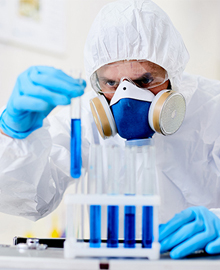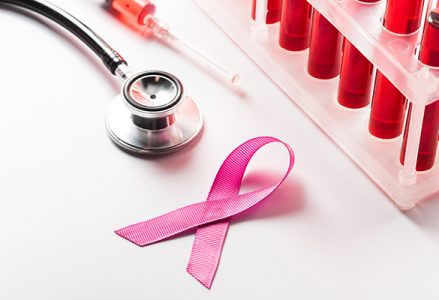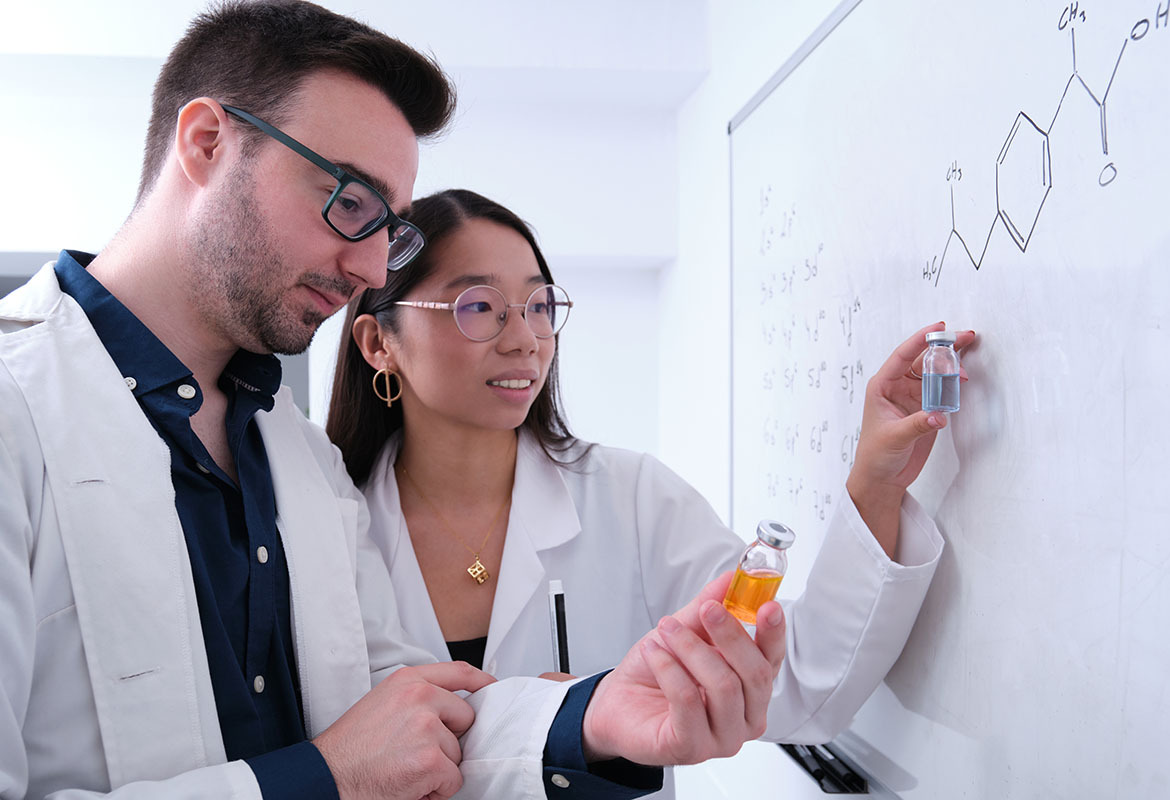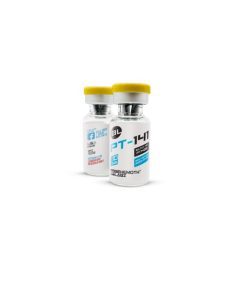Sarmscentral is a leading online retailer specializing in high-quality Selective Androgen Receptor Modulators (SARMs). Our mission is to provide athletes, bodybuilders, and fitness enthusiasts with the best possible products to help them achieve their goals.
- SARMS
- SERMS & PCT
About
View MoreSarmscentral is a leading online retailer specializing in high-quality Selective Androgen Receptor Modulators (SARMs). Our mission is to provide athletes, bodybuilders, and fitness enthusiasts with the best possible products to help them achieve their goals.
Latest Blog

- PROHORMONES
About
View MoreSarmscentral is a leading online retailer specializing in high-quality Selective Androgen Receptor Modulators (SARMs). Our mission is to provide athletes, bodybuilders, and fitness enthusiasts with the best possible products to help them achieve their goals.
Latest Blog

- AAS
About
View MoreSarmscentral is a leading online retailer specializing in high-quality Selective Androgen Receptor Modulators (SARMs). Our mission is to provide athletes, bodybuilders, and fitness enthusiasts with the best possible products to help them achieve their goals.
Latest Blog

- PEPTIDES
About
View MoreSarmscentral is a leading online retailer specializing in high-quality Selective Androgen Receptor Modulators (SARMs). Our mission is to provide athletes, bodybuilders, and fitness enthusiasts with the best possible products to help them achieve their goals.
Latest Blog

- NOOTROPIC
About
View MoreSarmscentral is a leading online retailer specializing in high-quality Selective Androgen Receptor Modulators (SARMs). Our mission is to provide athletes, bodybuilders, and fitness enthusiasts with the best possible products to help them achieve their goals.
Latest Blog
Nothing Found.
Apologies, but no results were found for the requested archive.

- OTHER COMPOUNDS
About
View MoreSarmscentral is a leading online retailer specializing in high-quality Selective Androgen Receptor Modulators (SARMs). Our mission is to provide athletes, bodybuilders, and fitness enthusiasts with the best possible products to help them achieve their goals.
OTHER COMPOUNDS
Latest Blog

Are you a biologist trying to figure out the best method of preservation? Or a businessman thinking of a solution to improve the retention quality of your product with a reduction in its weight and volume for easier handling and transportation? Or for that matter, a retailer or warehouse manager trying to get the best possible shelf life out of a stored product? We have the perfect solution – Lyophilized Peptides.
Introduction
With extensive research innovation and advancement in the field of bio-chemicals and pharmaceuticals, comes a unique concept of freeze drying, better known in the scientific world as lyophilization, which has various applications across different industries due to its unique advantages including the preservation of biological materials such as vaccines, proteins, enzymes, antibodies, and most importantly, making lyophilized peptides.
Removing water from these substances, prevents microbial growth and chemical degradation, extending their shelf life and enhancing their stability {R}.
Lyophilization plays a crucial role in preserving and enhancing the properties of a wide range of products, from pharmaceuticals to food and beyond. Its ability to extend shelf life, maintain product quality, and improve transportation makes it a valuable process in various industries. In this article, we will discuss lyophilized peptides.
Theory of Lyophilized Peptides
Lyophilized peptide refers to a peptide that has been subjected to a process called lyophilization or freeze-drying. This process is commonly used to stabilize and preserve peptides, proteins, and other biological molecules and is certainly the best method to store peptides.
How does it work?
Preparing Peptides for Use
Freezing:
The first step involves freezing the peptide solutions. This is typically done by rapidly lowering the temperature of the solution to well below the freezing point. The resultants are also called hydrophobic peptides {R}.
Vacuum:
The frozen peptide solution is then placed in a vacuum chamber. This chamber reduces the air pressure, which allows for the next step to occur more effectively. These processes effectively minimize peptide degradation {R}.
Sublimation:
Sublimation is the process of turning peptides stored as solid directly into a gas without passing through the liquid phase. In the vacuum chamber, the frozen water in the peptide solution undergoes sublimation, turning it into water vapor. This process removes the water content from the sample {R}.
Collection:
The water vapor is collected and removed from the vacuum chamber, leaving behind the freeze-dried peptide as a solid. This solid is typically a fluffy, white powder.
Lyophilization is a widely used technique in the pharmaceutical and biotechnology industries for preserving peptides. Removing water and minimizing exposure to high temperatures, helps prevent degradation and ensures the long-term stability of these substances. To use lyophilized peptides, they can be reconstituted with a suitable solvent (usually sterile water or buffer) before they are used in experiments or therapies{R}.
Storing Peptides In Solution
Storing peptides in solution requires careful handling and storage conditions to maintain their stability and prevent degradation.
Peptide Storage Guidelines
Peptides are sensitive molecules that can be susceptible to factors such as temperature, pH, and contamination. Here are some guidelines for storing peptides in solution {R}:
- Solvent Selection: Choose an appropriate solvent for your peptide based on peptide solubility and stability. Common solvents include water, saline (physiological saline), and organic solvents like dimethyl sulfoxide (DMSO) or acetonitrile. The choice of solvent should be compatible with your peptide and its intended use. If the peptide does not dissolve in water or acetic acid, the peptide solution can be lyophilized without any nonvolatile residues.
- Concentration: Determine the optimal concentration of your peptide in the chosen solvent. It should be high enough to ensure stability and prevent precipitation but not so high that it becomes too concentrated and prone to aggregation or degradation.
- pH: Pay attention to the pH of the peptide solution. Some peptides are pH-sensitive and may degrade or lose their stability at extreme pH levels. Use buffers if necessary to maintain a stable pH within an appropriate range for your peptide.
- Temperature: Store peptide solutions at a suitable temperature. Generally, refrigeration at 2-8°C (36-46°F) is recommended for short-term storage (weeks). For long-term storage (months to years), peptides are often frozen at -20°C (-4°F) or lower in aliquots to prevent repeated freeze-thaw cycles.
- Protection from Light: Some peptides can be sensitive to light, especially ultraviolet (UV) light. Use amber or opaque containers to protect peptide solutions from light exposure.
- Aseptic Technique: When preparing and handling peptide solutions, use aseptic techniques to minimize the risk of microbial contamination. Sterilize equipment and containers when necessary.
- Aliquoting: Divide peptide solutions into small aliquots to avoid frequent freeze-thaw cycles. This helps maintain the integrity of the peptide over time.
- Avoid Contaminants: Ensure that all equipment and containers used are clean and free of contaminants. Contaminants can lead to degradation and impurities in the peptide solution.
- Labeling: Clearly label containers with important information such as the peptide name, concentration, date of preparation, and any specific storage instructions.
- Regular Inspection: Periodically inspect stored peptide solutions for signs of degradation or precipitation. If any issues are detected, take appropriate measures such as adjusting pH, adding stabilizers, or discarding and re-preparing the solution.
- Documentation: Keep detailed records of your peptide solutions, including preparation methods, storage conditions, and any observations of stability or changes over time.
What is Peptide Purity?
With the above methods, the result to achieve is making Purified peptides. So first we need to understand what peptide purity is.
Peptide purity refers to the degree or level of purity of a peptide compound, typically expressed as a percentage or peptide concentration. It reflects the proportion of the peptide molecule in a sample that consists of the desired peptide sequence, free from impurities, contaminants, or unwanted by-products. High peptide purity is essential for research, pharmaceutical, and biotechnology applications to ensure accurate and reliable results and safe use in therapeutic settings.
The best level of peptide purity
Here are some key aspects related to peptide purity:
Desired Peptide Sequence:
The primary component of peptide purity is the presence of the intended or desired peptide sequence. This is the part of the molecule that has the desired biological or biochemical activity.
Peptide Impurities:
Impurities in a peptide sample can arise from various sources, including incomplete synthesis, side reactions, or contamination during handling and storage. These impurities may be shorter or longer peptide fragments, truncated sequences, or other undesired compounds.
Contaminants:
Contaminants can come from the reagents, solvents, or equipment used in the peptide synthesis process. Contaminants may not be structurally related to the peptide but can still affect its purity and quality.
Peptide purity is a critical factor in determining the quality and effectiveness of peptides for various applications. Researchers and manufacturers strive to achieve the highest possible purity levels to ensure the reliability of research outcomes and the safety and efficacy of peptide-based products.
Where to Buy Best Lyophilized Peptides Online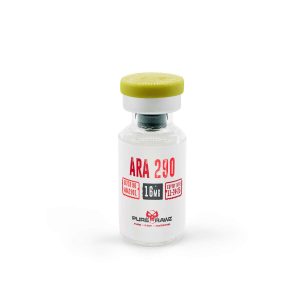
PureRawz and Behemoth Labz are the best places to buy Lyophilized peptides like ARA 290, ACTH, and PT-141 For Sale Online.
To produce quality items, we provide reference materials with every product we sell. Each of our compounds comes with an independent, third-party-issued Certificate of Analysis for identification, purity, and concentration.
We offer free worldwide shipping delivery on all orders or items above $100. You can pay for your purchase through various methods, including PayPal account and Bitcoin. Click on the ‘Reviews’ tab to check out what existing customers have to say about our products and great customer service.


